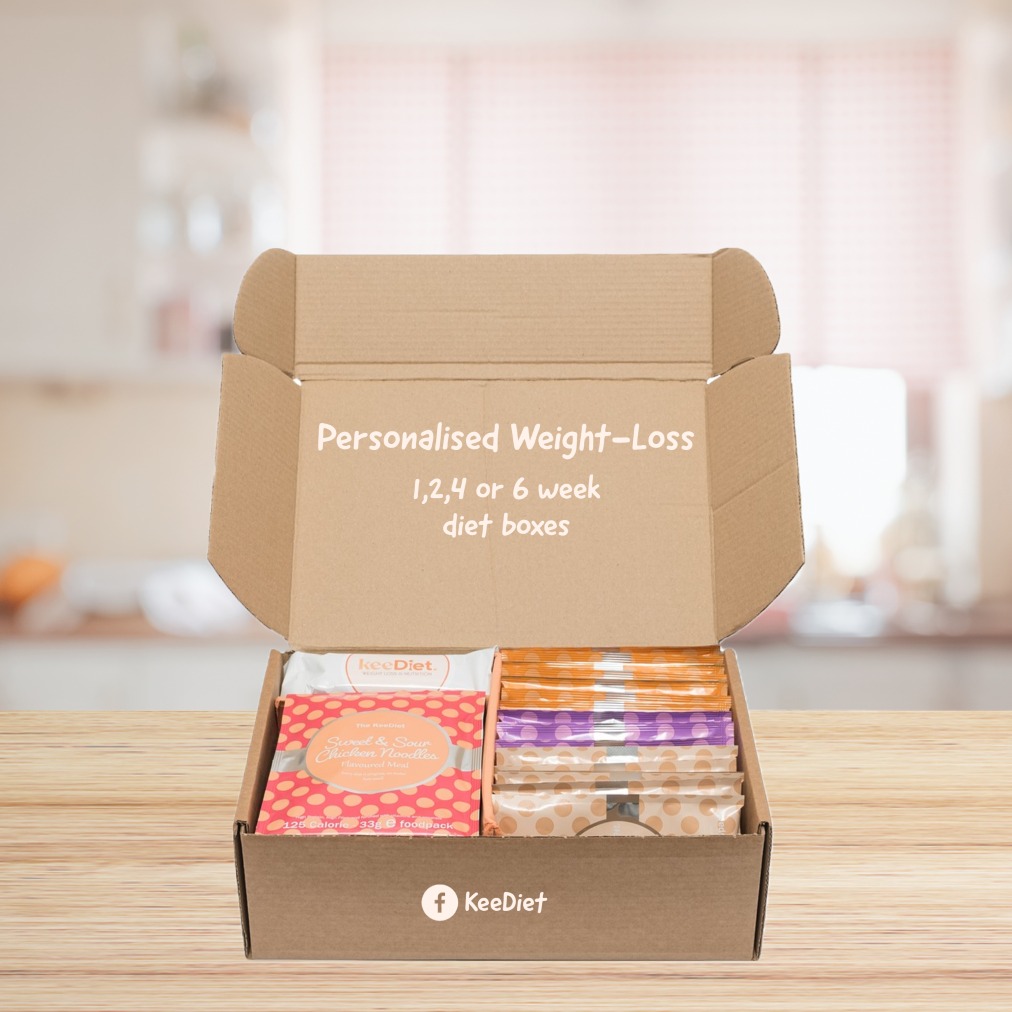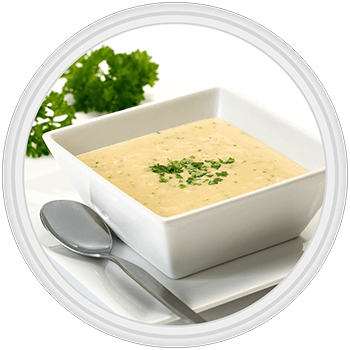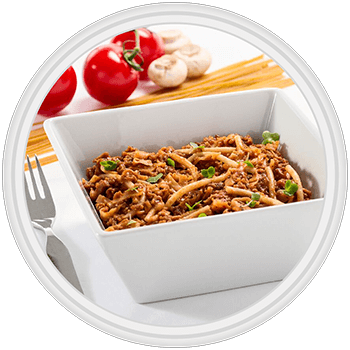No products in the basket.
Refer a Friend & get £5

Consider this weight loss plan if you have 3 stone or more to drop and/or suffer from Type 2 Diabetes. With 3 daily KeeDiet® products mixed with milk and 3 portions of recommended vegetables/salad this is a flexible (VLCD) very low calorie diet plan .
Following the Newcastle Diet Study this Weight Loss Plan has the potential to reverse Type 2 Diabetes, drop weight fast, reduce stored body fat and improve your health
Burn fat, drop weight and lose inches fast!
Our Fast Fix - Type 2 Reversal Diabetes Plan is not only designed for those who suffer from Diabetes, it is also a great choice for dieters who prefer to use only three Sachets a day and include a selection vegetables/salad.
After your first purchase go to our Weight Loss Centre and add your weight, measurements and before image. Then join our Private Facebook Group and introduce yourself. A great place to receive support, help with any questions, share your successes and chat with us and other KeeDiet slimmer’s
We recommend unsweetened soy milk is used (approximately 33 calories per 100ml). This can be added to your daily products in full or part or used to flavour tea/coffee or enjoyed as a drink on its own if mixing your products with water. Our sachets provide 25% NRV of essential vitamins each sachet. Unsweetened Soy Milk is suggested as the sugar content from lactose is low. However studies show that using skimmed milk should not affect blood sugar levels due to its low glycaemic index and slow break down in the body, just ensure any additional calories are taken into account. If you require further information please discuss this choice with your Doctor.
Additional items listed may increase calorie intake, however they should not affect Ketosis and could provide benefits for continued good health.
The NewCastle Study Plan has been followed when creating this list.
***
Extra sipped water
Decaffeinated Tea/Coffee, Herbal Teas Leaf/Fruit/Flower,
Tablet Sweeteners
Dried/Fresh Herbs & Spices, 1 tbsp Fat free (0-1%) dressing
Vitamin & Mineral Supplement - (4 KeeDiet Meal Replacement Sachets provide 100% NRV of essential vitamins & minerals, however a wide variety of vegetables and salad should pick up the shortfall)
All information provided should be checked with your Doctor, Diabetes Nurse or Newcastle University Study Team. The Newcastle Diet Plan suggests adding approximately 250g of low gi / gl vegetables or salad per day. Ideally you should consume them in 3 separate portions. If weight loss required is significant, it is suggested that vegetables and salad are added once you have settled into your plan. Its a great idea to plan ahead and each day create a salad bowl, homemade soup or a pick box from the choice provided below.
Try different lettuces such as rocket and crispy leaf, try adding different types of fat free, low calorie dressings to add some different flavours and using herbs and vinegars can also help with flavour.
Cabbage, Spinach. Kale. Broccoli. Pak Choi. Kohlrabi. Lettuce and other salad leaves. Collard Greens
Cucumber, Onions / Shallots, Bean Sprouts, Carrots & squash, Lettuce, Peppers, Artichoke, Radish, Water Chestnuts, Aubergine, Spring Onion, Celeriac, Fresh/Tin Tomatoes, Okra, Sugar/Snap Peas, Cauliflower, Asparagus, Green Beans, Courgette, Brussel Sprouts, Leeks, Mushrooms, Turnip / Swede, Peas, Fennel
Avoid during this stage: Potato, sweet potato, yam, parsnip, avocado, olives, sweetcorn, nuts, seeds, pulses, fruit, prepared coleslaw, potato salad etc.
A small amount of fat adds flavour and helps the absorption of fat soluble vitamins. As they are high in calories, be careful with portion sizes during this stage.1 teaspoon olive oil, 1 teaspoon salad dressing, 1 teaspoon mayonnaise,1 teaspoon coconut oil, 1 teaspoon rapeseed oil, 1 teaspoon butter
Eating vegetables provides texture, taste and of course fibre while following the diet. Use a variety of veg to avoid boredom, and add even more taste and flavour using herbs, spices and low calorie sauces:
Basil, Lemon/Lime Juice, Parsley, Oregano, Chilli powder, Cinnamon, Rosemary, Curry Powder, Coriander, Ginger, Turmeric,Garlic, Sage, Harissa paste, Soy Sauce, Malt Vinegar, Balsamic Vinegar, Thyme, Cumin, Peri Peri Seasoning, Tarragon, Dried Chillies, Black Pepper, Chinese Five-spice
- Kale crisps: Mix 2 handfuls kale with 1tsp oil, pinch smoked paprika, salt and pepper Ø Spread on a baking tray and bake at 150oC for 15minutes Sprinkle with lemon juice and zest
- A handful cherry tomatoes
- Raw veg e.g. sugar snap peas, cubes of raw turnip, sliced peppers
- Carrot and celery sticks with homemade salsa: For the salsa, finely chop 4 fresh plum tomatoes, 1 bunch of rocket and 1 bunch of flat leafed parsley and mix together. Chop carrots and celery into 4cm sticks and dip in the salsa
Here is a list of the lowest impact vegetables and salad that affect blood sugar levels the least that KeeDiet suggest and may help you with further healthy choices.
An example of how to use your (3) Daily KeeDiet Meal Replacement Products (Mix with Milk)
Breakfast (1)

Original Creamy Porridge
Mid-Morning

1 Salad/Vegetable Portion
Fibre Drink

Kee Water Flavour (2.5g Fibre per teaspoon)
Lunch (2)

Creamy Chicken Soup
Afternoon Snack

1 Salad/Vegetable Portion
Evening (3)

1 Kee Product + 1 Salad/Vegetable Portion
Our intention is not to rewrite the Newcastle Diet Study Plan and KeeDiet are not endorsed by Newcastle University. Our products have been chosen as a suitable alternative to those products use in the study to help those following the Newcastle Diet Study to help reverse Type 2 Diabetes. As a Diet Plan that offers potential benefits to those with Type 2 Diabetes it is important if you do have any medical condition or a BMI 40+ that you discuss and follow this plan with the agreement of your Doctor/Diabetic Nurse or Newcastle Diet Study Team.
In the study dieters with Type 2 Diabetes followed a VLCD Plan with huge success and on average lost just over 2 stone each. Following the VLCD route meant that whilst reducing their weight they also decreased the stored fat in their pancreas, which returned their blood sugar production to normal or significantly decreased it. Recent leading research suggests that a very low calorie diet has the potential to reverse Type 2 Diabetes and there have already been great results recorded. * Recent published research by Newcastle and Diabetes UK have linked following a VLCD Plan with the reversal or reduction in Type 2 Diabetes.
This type of Very Low Calorie Diet (VLCD) has become very popular recently and is often discussed in the media, plus with the success of recent studies in February 2020 the NHS in North West London began a 12 week supported weight loss programme. Mixing Meal Replacement products with an selection of permitted vegetables and salad is now well received by medical professionals providing successful results for those wishing to lose weight or reverse type 2 diabetes.
Generally targeted at those who wish to reverse Type 2 Diabetes, this plan is also a great healthy option for other dieters with a higher BMI 30+. With three daily portions of vegetables and salad it will suit those who wish to be a little more flexible whilst continuing to experience an amazing weight loss and improved health.
Following this plan you will significantly lower your daily intake to promote a continual calorie deficit. The lean protein in our products will help to satisfy your hunger and helps retain muscle mass. Whilst the low-glycaemic carbohydrates release glucose slowly to help prevent cravings and sugar spikes.
*We do not claim or guarantee that our products will reversal of type 2 diabetes and our brand is not linked or been used in any of the successful trials. However we are listed as a possible alternative supplier for you to consider.
Get Started now and save money with our specific 4, 8 ,12 Week Fast Fix - Type 2 Diabetes Diet Box
Excerpts from The Diabetes Team, St John’s Hospital (December 2012)
Substantial weight loss provides some people with Type 2 Diabetes a way of normalising their glucose levels. The short-term severe calorie restriction using the liquid diet formula supplemented with non-starchy vegetables, and a high fluid intake is a quick and safe way of losing a lot of weight. This dramatic and rapid rate reduction is not for everybody and you should discuss your personal circumstances with your Doctor or a healthcare professional just to make sure it is safe for you to follow and if any changes to medication are required before you start. Some people may also prefer a more gentle approach and this can also be discussed with your Doctor or Healthcare Professional as well.
In the experiment, people continued the calorie restriction phase for 8 weeks and everybody in the experiment was able to do this. The length of diet depends on how much weight you want to lose. Generally the longer you have had Diabetes the more weight you are going to need to lose to get the glucose levels to near normal or normal and for some people this will be 25% of their body weight.
The Study considers it a good treatment for people with less than 10 years of Type 2 Diabetes and understand that this calorie restrictive plan is not for everyone and that some who start the diet will not be able to continue with it. In this situation you can continue to use the products as a diet aid and use alongside other health foods to gradually reduce your weight.
Newcastle You Tube Video Should be here
Newcastle University Magnetic Resonance Centre Full Website Link
With any new research, studies it may take some time to become common knowledge and featured in educational text books for medical practitioners. However, more recently Meal Replacements Plans offering help to those with Type 2 Diabetes have been advertised on many media platforms and proved really successful. The NHS now adopt this type of weight loss and offering assistance and support to help reverse Type 2 Diabetes for their patients. If you find your doctor is unaware of the new studies or has insufficient information please refer them to the Magnetic Resonance Centre Website above and in particular the Information for Doctors - Clinical Research Platform Document. Print a copy from the link below them and take this with you to discuss at your appointment.
The raised blood glucose levels in Type 2 diabetes are due to a combination of a reduced amount of insulin secreted from the pancreas gland and the insulin not working properly to control glucose particularly at the level of the liver. Glucose is stored in the liver and we use glucose stored in the liver when we are not eating. In Type 2 diabetes too much glucose is released from the liver when we are not eating because it is not sensitive to insulin.
In 2011 a research group at the University of Newcastle, led by Professor Roy Taylor, invited 11 people with Type 2 diabetes with a body mass index (weight corrected for height - the normal is under 25 kg/m2) of 33 kg/m2 and placed them on a severely restricted energy intake for 8 weeks. Their fasting blood glucose level fell from 9 to 6 mmol/l within a week. The blood glucose levels remained normal throughout the study.
Over the course of 8 weeks their weight dropped from 101 to 88 kg which meant that their body mass index went down from 33 to 29 kg/m2. Measurements of fat within the liver and the pancreas gland showed that the weight loss was associated with a reduced amount of fat in the liver and the pancreas. The amount of insulin coming out of the pancreas increased and the action of insulin on the liver was improved with the substantial weight loss. This experiment was designed to prove that the high glucose levels in Type 2 diabetes are a result of too much fat in the liver and in the pancreas gland. It proved that with a substantial loss of weight (more than 10 kg), glucose levels in diabetes are lowered and a number of people will be cured of their Type 2 diabetes.
As with any diet plan you should always consult your Doctor prior to starting a weight loss plan. This is essential when using any prescribed medication, or have a medical condition.
Doctors Information article: http://www.ncl.ac.uk/magres/research/diabetes/reversal/#publicinformation
During the first few days and phase of the diet, you may experience some symptoms such as headaches, dizziness, tiredness, hunger, body temperature drop. These are all expected and noted as common side effects whilst you body adjust to using your stored body fat for energy and you adapt to a lower calorie intake. It is expected that these symptoms should subside or disappear gradually after 3-4 days.
✔ No new exercise
✔ No added poultry, fish or meat
✔ No bread or pasta
✔ No additional dairy
✔ No root vegetables
✔ No pulses or fruits
✔ No alcohol
(Following the study information unsweetened soya milk / almond milk is acceptable, as is tomato and carrot)
Plan Guidance
We suggest you follow this plan for a maximum of 12 continuous weeks, after this time it is necessary to take a break. If you have reached your BMI 25 or goal weight, lock in your results and follow our Weight Stabilisation Phase. If however, you are not quite there yet and wish to drop more weight, follow our 'TFR Break Week Plan' and return to your original plan for another cycle or choose one of our higher plans for the remainder of your weight loss. Following any further weight loss plan or cycle should be done with your Doctors approval and support.
Throughout your plan ensure you space out meal packs, water and foods regularly throughout the day to maintain even blood sugar levels. Our products should provide approximately 4 hours of hunger satisfaction due to the high quality of protein we use. As per the study details we recommend Meal Bars are not included, do not add fruit, additional foods, refined or un-refined carbohydrates, root vegetables, sugary foods/drinks or alcohol as these may affect your weight loss and the mild Ketosis (fat burning) phase.
Get Started now and save money with our specific 4, 8 ,12 Week Fast Fix - Type 2 Diabetes Diet Box